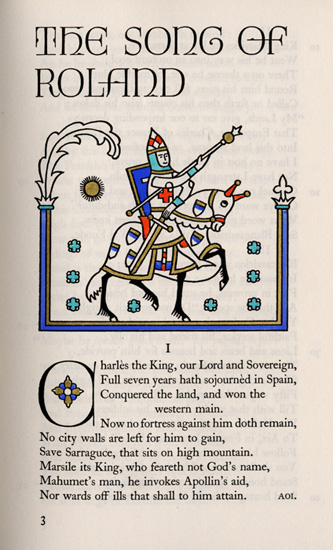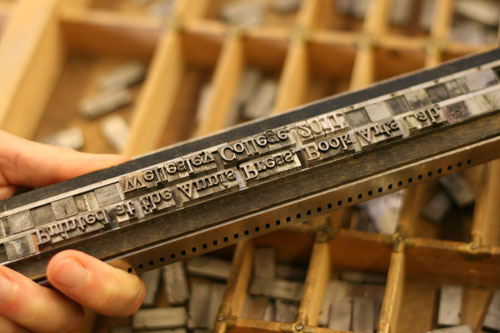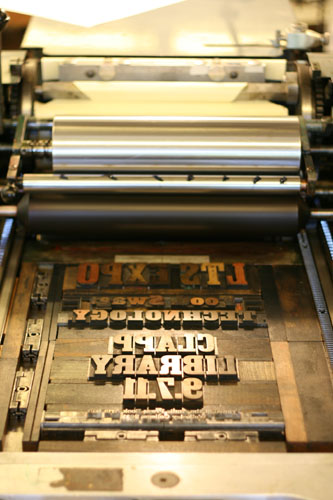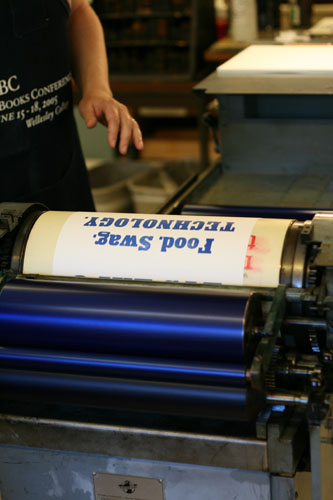A little confession: I’ve been obsessed with Julian Waters’s work ever since I got sucked into calligraphy, which — a word of warning — is a black hole from which the unwary will never emerge. Fortunately for me and my fellow calligraphic space cadets, Julian’s expansive back catalogue is informed by the most exacting technique, the most explosive verve, and, as I discovered at the Wells Summer Book Arts Institute (at Wells College, in gorgeous Aurora, NY) this summer, the most jaw-dropping (or should that be pen-dropping?) stories about his mother and father, the astonishingly prodigious Sheila and Peter Waters; his teacher, the god-like Hermann Zapf; and just about every other calligrapher I’d ever admired.
“Contrasts in Calligraphy: New forms and textures with the ruling pen, broad-edged pen and brush”, a workshop complete with vintage slides of his family photo albums and calligraphic samples from his personal collection, was at once intimidating and exhilarating, leaving me with one freakishly developed muscle in my right fore-arm and the feeling that I have a lot of catching up to do. This course was about breaking out of the box in which calligraphers like to shut ourselves, in the pursuit of consistent, controlled perfection. During the course of the week, Julian tried to get my classmates and me to forget about letters and technique, and to focus on space and texture instead. During a grand romp through Gothic, Roman, Italic, and Neuhaus hands, we scratched and scribbled with the ruling pen, an idiosyncratic and defiant writing implement originally used for ruling lines in architectural drawings whose business end is a folded-over piece of
thin metal shaped like the top of a grand piano. Suffice it to say that this resulted in a lot of hideous blobs (“organic forms”) and furtive starting over from me, and a lot of sweeping, elegant, powerful pieces from Julian’s side of the table.
I rarely understood what was going on until the next day, by which point, mid-epiphany, it was time to race on to the next boggling exercise. But at the end of the week, I looked back at my massive stack of splattered sheets and realized that they were not the point: the point was to forget about boundaries, dive headlong into new wildernesses, and absorb Julian’s generous and challenging hints as fast as they came. I didn’t create anything perfect. I’m not sure I even created anything good. But you know what? Perfection is boring. Good design is alive– alive with imperfections.
Genevieve Goldleaf ’12 is a double major in Medieval and Renaissance Studies and Environmental Studies and is a student employee in the Book Arts Lab.


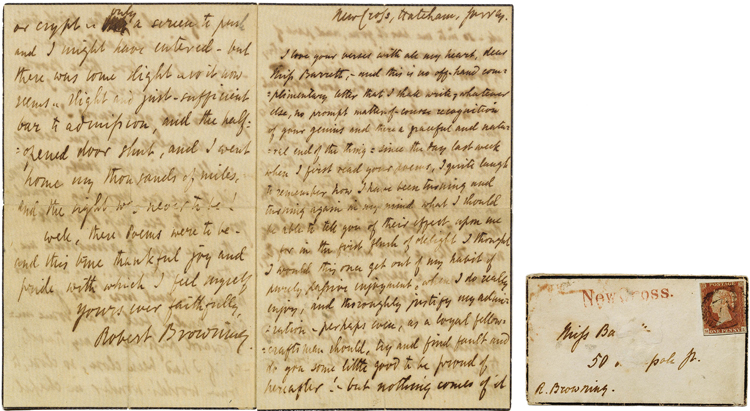
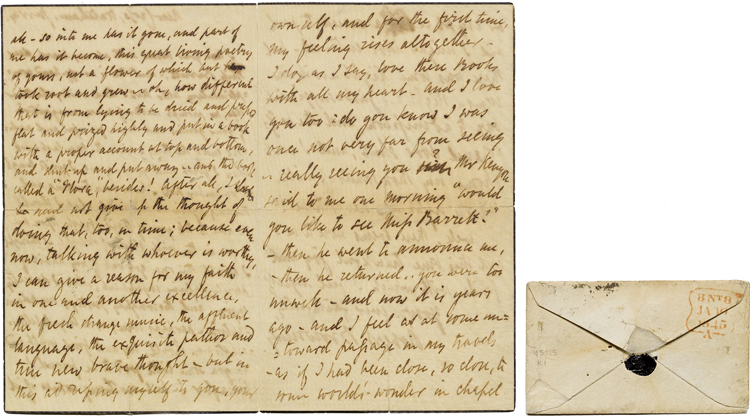




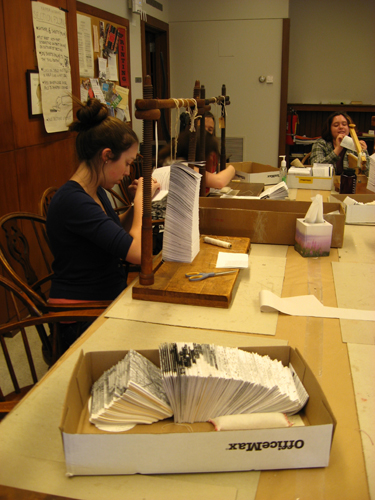

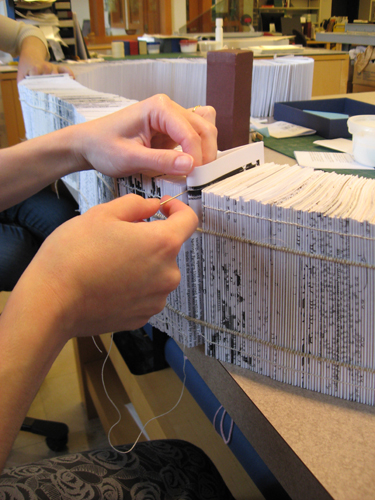

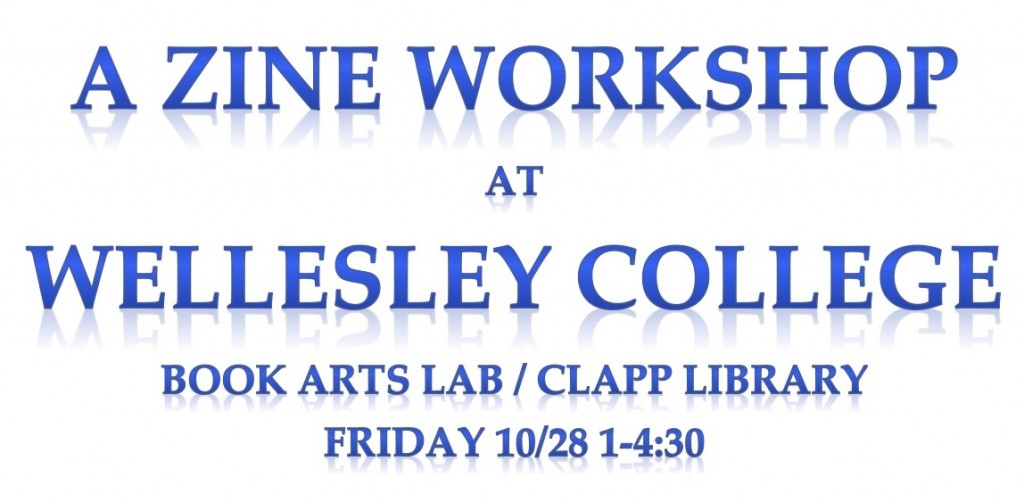
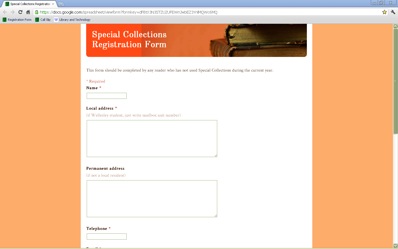


 On September 21, 1889, a new Wellesley student paper called The Wellesley Prelude released its inaugural issue. The Prelude was published weekly during the academic year from September 1889 to June 1892. Annual subscriptions were available for $2.00, and individual issues for $.10. The Prelude picked up where The Courant, its predecessor, left off, and included campus news, fiction and poetry, and reviews and criticism. It also offered readers editorial content such as student opinion on campus and world affairs.
On September 21, 1889, a new Wellesley student paper called The Wellesley Prelude released its inaugural issue. The Prelude was published weekly during the academic year from September 1889 to June 1892. Annual subscriptions were available for $2.00, and individual issues for $.10. The Prelude picked up where The Courant, its predecessor, left off, and included campus news, fiction and poetry, and reviews and criticism. It also offered readers editorial content such as student opinion on campus and world affairs.